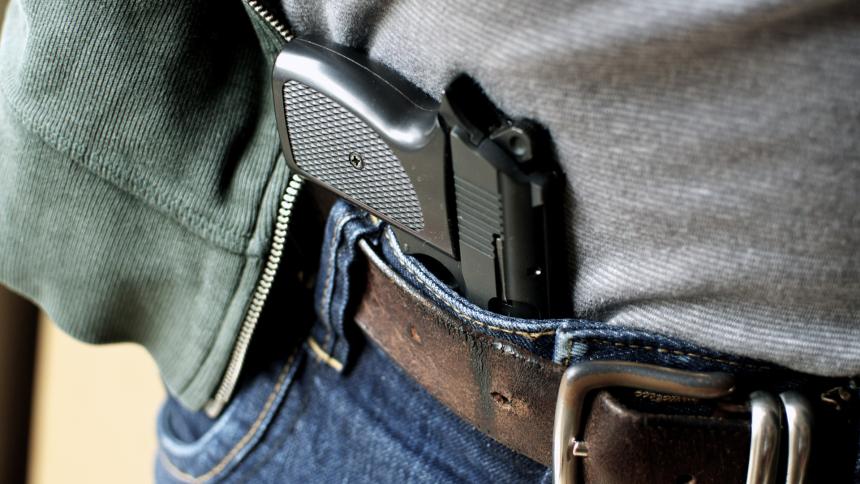
Date
George Hennard drove his pickup truck through the front window of a crowded restaurant and shouted “This is what Bell Country has done to me”. The first Good Samaritan who ran up to the driver’s side to assist what he thought was a driving accident was the first to die. Hennard allowed one mother and her child leave.
He killed another 22 people, injured 18 in just ten minutes, and then shot himself. Until 2007, it was the deadliest shooting spree in US history.
This may have been yet another pointless waste of life but it was noteworthy for its aftermath. One of the survivors of the massacre, Suzanne Hupp, blamed laws that forbade her from carrying a gun for not being able to kill the handgun holding killer. Having lost both her parents in the massacre, she campaigned for US citizens to be able to carry concealed handguns. The law was signed by Governor George W Bush.
In the UK, when a similar tragedy, the Dunblane massacre, occurred five years later, the UK government virtually banned all handguns. It became law, coincidentally, on exactly the same date as George Hennard had used his handgun to kill himself and others.
In 2007, Seung-Hui Cho killed 32 in the Virginia Tech Massacre, displacing George Hennard as the single biggest spree killer in the US. Seung-Hui Cho used two handguns.
Pro-gun campaigners argue that he would never have been able to kill so many if the students were not forbidden to carry guns in that part of the campus.